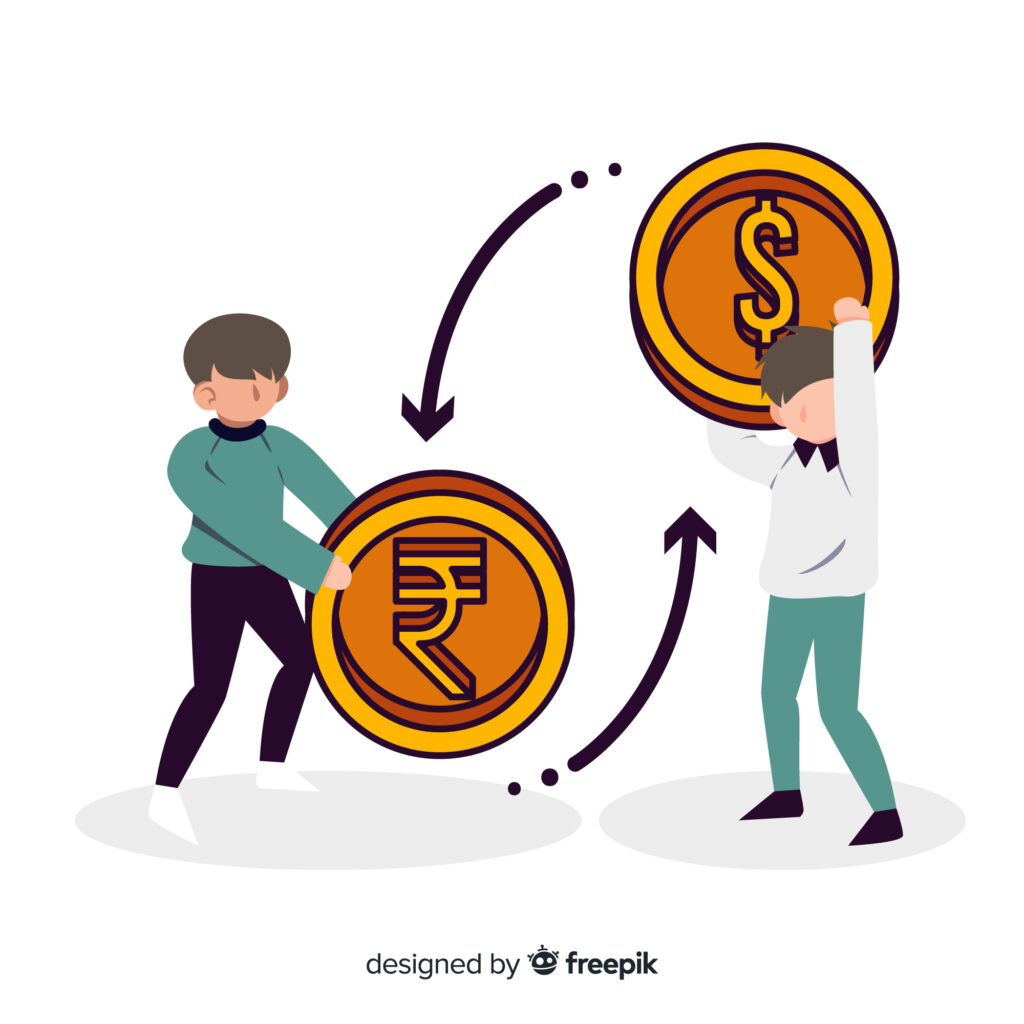High-interest debt can be one of the most stressful financial burdens. From credit card balances to personal loans, these types of debts grow quickly and can feel overwhelming. However, with the right approach and disciplined habits, managing such debt is possible. In this guide, we explore debt management strategies that can help you reduce interest payments, stay on track, and regain control over your financial life.
Understanding how to manage high-interest debt effectively starts with recognizing the impact it has and learning the tools available to help. Whether you’re dealing with a single loan or multiple credit lines, the right plan can make all the difference.
The Real Cost of High-Interest Loans
Many people only focus on their loan amount, but it’s the interest that quietly adds up over time. High-interest loans often charge 15%, 20%, or even more annually. That means a significant portion of each monthly payment goes toward interest, not the actual debt.
If not addressed early, the interest keeps compounding, making the loan harder to pay off. This is why debt management strategies are essential—not just to pay off loans, but to reduce how much you end up paying overall. Understanding the true cost of interest helps you act faster and smarter.
Assessing Your Current Financial Situation
Before planning your debt payoff strategy, you need to evaluate your finances. Start by listing all your debts, including the balance, interest rate, and monthly payment for each. Include your income, fixed expenses, and any savings.
This financial overview will give you a clear picture of where you stand and what’s feasible. It also helps in choosing the best strategies to pay off high-interest loans based on your capacity. A strong debt management plan depends on knowing your limits and strengths.

Choosing a Debt Repayment Strategy
There are several proven debt management strategies that can help pay off loans efficiently. Two of the most popular methods are the debt avalanche and the debt snowball.
The debt avalanche method focuses on paying off the loan with the highest interest rate first while making minimum payments on the others. This saves the most money over time because you target the costliest debt first.
The debt snowball method, on the other hand, starts with paying off the smallest debt first, then moving to the next smallest. This gives a psychological boost and motivates you to keep going. While it may not save as much interest as the avalanche method, it builds momentum and confidence.
The choice between these strategies depends on your financial mindset. Either way, staying consistent is key to success.
Consolidating or Refinancing High-Interest Debt
Another way to manage high-interest debt effectively is through debt consolidation or refinancing. Consolidation combines multiple loans into one with a potentially lower interest rate. This can simplify your payments and reduce overall interest if done correctly.
Refinancing is similar but typically applies to a single loan, such as a personal loan or auto loan. You replace your existing loan with a new one at a lower rate or better terms.
These options are especially useful for borrowers with good credit scores. However, always compare fees, loan terms, and risks before committing to a new agreement.
Secure your future today—choose the best investment plan tailored to your goals and start building lasting financial growth with expert guidance.
Creating and Sticking to a Realistic Budget
Even the best plan won’t work if your spending habits remain unchanged. Building a monthly budget is crucial in any list of debt management strategies. A budget helps you prioritize needs over wants and ensures you allocate enough toward debt repayment.
Focus on cutting unnecessary expenses like dining out, subscriptions, or luxury purchases. Redirect that money to loan payments instead. Use budgeting apps or a simple spreadsheet to track every rupee.
The key is discipline. Small sacrifices now can lead to big savings on interest later. Over time, this consistent approach will reduce your debt faster and build better financial habits.

Seeking Help from Financial Professionals
If your debt feels unmanageable or you’re unsure where to start, consider speaking with a financial consultant. Many experts specialize in debt management strategies and can offer personalized solutions based on your situation.
They can help with budgeting, negotiating better loan terms, or even creating a long-term financial plan. Just be sure to work with a certified and trustworthy advisor who has experience in handling debt-related issues.
Getting professional advice doesn’t mean you’ve failed. It means you’re serious about taking control of your finances.
Staying Committed and Tracking Your Progress
Debt management is not a one-time decision. It requires ongoing commitment, regular tracking, and adjustments when needed. Celebrate small wins, like paying off one loan or reducing your overall debt percentage.
Embrace the future—leverage AI in financial consulting today to stay ahead, deliver smarter insights, and build stronger client relationships.
Maintaining motivation is important, especially when progress feels slow. Remind yourself why you started and what financial freedom means to you. Keep your goals visible, whether it’s being debt-free, saving for a home, or having peace of mind.
By applying consistent effort and staying disciplined, even the largest debt can be tackled successfully.
Start your journey to financial success—partner with our expert financial consultant company for tailored strategies and long-term growth.






